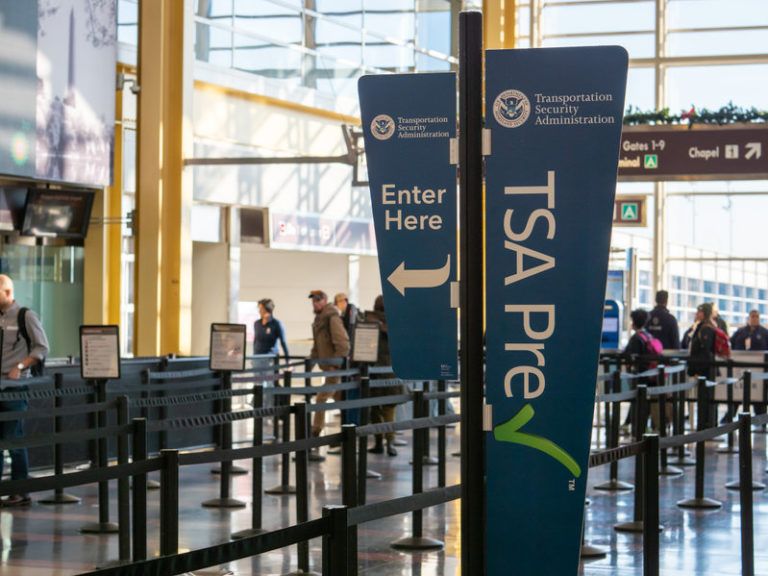By ART CHANCE
1987 wasn’t the happiest year of my life. I got divorced after 16 years of marriage and became a single father of a teenage daughter. I had to give up a job I really liked because I needed a job with less travel so I could take care of my daughter.
I was looking for a job, and the State was looking for a labor relations analyst 1. I had become a pretty good bureaucrat after three years at a professional level with the federal government. I had a background in labor relations on the union side and had the University of Alaska’s masters/professional level courses in labor law and collective bargaining practice.
I used the tried and true Alaska method of conning my way into the job and seeing how long I could keep it. My time on the Boards of Laborers’ Local 71 and the Alaska District Council of Laborers and with the Anchorage Central Labor Council gave me a decent 10,000-foot level understanding of State politics and union relations, but while I wouldn’t have admitted it at the time, I didn’t have a clue about actual policy and practice at the State’s Division of Labor Relations, but I’d spent a lot of my life on a stage or behind a lectern, so I was confident that if you hummed a few bars, I could fake it.
I was a stranger in a strange land. The manager who hired me left for a new job in Oregon the day after I started. My new co-workers were all people who went from school, mostly college, to work for the State or came up through the largest State employee union, the Alaska Public Employees’ Association and moved over to the State. I came over from the very hierarchal and rule-bound Federal government. My culture was to start a letter or memo with something like; “pursuant to the authority granted me by 25 CFR nnn.nn I have determined that …”
I quickly learned that the State was a cult of personality; if you were in the right place on the org chart, “because I said so” was the state of the law. It was only the rarest State employee who had a clue about the statutory or regulatory authority that authorized their actions; the State ran on the concept: “We’ve always done it this way.” But, the State wasn’t doing what it had always done.
In response to the 1985 collapse of world oil prices and the resultant collapse of Alaska’s oil revenue, the Legislature had refused to fund the monetary terms of the third year of its 1984-1986 labor agreements with most of its unions. Governor Steve Cowper, who’d been elected with heavy public employee union support, had famously announced that “all bets are off.”
You can tell how much I needed a job in town to have walked into the 10th Floor of the Juneau State Office Building on April 14, 1987. The State was at war and in court with its unions, the major contracts expired on June 30, 1987, and needed significant economic concessions from those unions, and it didn’t really have a clue how to get those concessions.
The State’s labor relations policy since collective bargaining for all employees began in 1972 had basically been, “ask the unions what they want.”
Gov. Jay Hammond got a little feisty with them in ’78 and the Supervisors and ferry unions went on strike. Getting them back to work was pretty much like “The Ransom of Red Chief” and thirty years later I was trying to take or buy back stuff that the State had given them to settle those strikes.
The State’s reticence to confront them was aggravated by the fact that the Bill Sheffield Administration had given them all sorts of goodies to try to placate them for the Legislature having refused to fund their promised 3.8% general wage increase for 1986. I spent 20 years being harangued by union reps about how the State owed them 3.8%.
The State had to learn something it had only barely contemplated: Understand its rights and duties under the Public Employment Relations Act (AS 23.40.070-260). When the law was passed in 1972, the State hired a nondescript Seattle arbitrator to analyze the law and brief them about rights and duties. By my time there wasn’t even a copy of his analysis in the Division; State Labor Relations ran by rote.
I managed to acquire a copy from a departmental personnel office’s files; those people never learned nor forgot anything.
It was useless, so we had to figure it out ourselves. The bible of labor relations practice is an American Bar Association book called “The Developing Labor Law.” Its primary focus is private sector labor law and practice, but Alaska’s public sector law is pretty much the pre-1948 National Labor Relations Act with a few concessions to legislative authority. I don’t remember if we even had a copy in the office in those days, but we soon got one. Since I was the only one in the office who’d ever had a labor law course, I did still have my old textbooks from my UA classes. We didn’t have anyone to ask what we’d always done, because nobody had ever done this before, and that was true not just in Alaska, but in every state that engaged in public sector bargaining.
But, once the private sector had actually challenged labor unions and there was a good body of law on that, and our law mirrored the federal law on fundamental rights and duties. When I first joined the staff, the plan had already developed to take the APEA units, supervisors and general government, to impasse in bargaining and then impose terms on them, which they could either accept or strike.
Looking back, the State’s plans were astoundingly naïve. My boss and I didn’t like each other and my resignation got written a lot of times in those days, but I had a mortgage to pay and a kid to take care of. She spitefully gave me a “training” assignment of writing a briefing memo on the State’s rights and duties at impasse in bargaining and the necessary processes for the employer imposing terms of employment on the union. This, of course, was by design a critique on a decision that had already been made and approved all the way to the Department of Law and the Governor’s Office. I was born in the morning, but not that morning, so I saw the set up, and dived right in.
I pulled no punches in telling them that they couldn’t do what they planned but were stupid for thinking they could and were going to embarrass the Administration. I didn’t learn to tell people they were stupid from the safety of Facebook. There were screams of outrage and calls for my head up and down the org chart but nobody with the courage to do it since they’d already taken the initial steps and the unions had filed for a temporary injunction. I got to bask in smug self-satisfaction on that fateful Friday afternoon when the judge handed down the TRO at about 4:15 pm and ended all the self-aggrandizing plans. Funny how much the judge’s order read like my memo that caused so much upset. Never heard much about that memo thereafter.
Somewhere in there – there was lots going on that spring – my boss came back to the office after APEA had walked out of bargaining and announced, “I just refused to bargain classification of jobs with APEA; somebody tell me why I did that.” That spring and summer I laid the groundwork for what became my advocacy and managerial style for the next two decades; I worked hard at being underestimated. I wanted an arrogant and underprepared adversary, and my first significant adversary was my boss and her boss; they were the past and the problem. The upper levels of the State administrative and managerial bureaucracy, the State salary ranges that start with a two, are a clique, a social club, and I hadn’t been invited into the club house. So, without an invitation, you have to make smoke and noise and break things to get in.
The set-up memo about the events that led to the TRO was basic tradecraft; I just did what you were supposed to do and researched the facts and the law, albeit that was a foreign and controversial concept in the State’s cult of personality. Answering the “… why did I do that” question was my, and I think the State’s first foray into seminal thinking on labor relations policy. There was nobody to ask what we’d always done, because we’d never done it before. Heretofore, if the union wanted to talk to you about it, you had to talk to them; we were seeking legal justification for refusing to talk to them.
Under most bargaining laws you have to negotiate with a union about wages, hours, and terms and conditions of employment. Wages and hours are pretty easy. Lots of walls are lined with shelves of books reporting cases about just what is a term or condition of employment. Alaska’s law has an interesting and unique phrase that exempts “policies expressing the essential functions and purposes of the public employer” from the duty to bargain. We, well, to hell with modesty, I, developed the theory that how the State ranked the value of one job relative to another was an essential function and not subject to bargaining. And, funny thing, the Alaska Supreme Court agreed with us.
An essential part of the Supreme Court’s analysis in this case, styled APEA v. State, was a group of cases under the teacher bargaining law in Title 14, now supplanted by the teachers having been placed under the PERA. As I recall there are three of them called “The Kenai Cases,” in which the teachers sought to define the contours and limits of the right and duty to bargain. The court articulated what it styled a balancing test to measure how much the issue affected the employee and how much it affected policy; if it more affected the employee, you bargained it, if it more affected policy, you didn’t. It is a good test and it directly affects the current controversy about Critical Race Theory.
The National Education Association has precisely zero authority to bargain or dictate the curriculum of a school. They are showing their true colors as a leftist political party disguising itself as a labor union. No public employer has any duty to bargain with the NEA about what teachers teach. If you have a School Board bargaining with its union about curriculum, it is either stupid, owned by the union, or both.
Americans are being fed union propaganda. If a state says you can’t teach CRT in state law, and a teacher decides to defy that law, the teacher gets fired, and his/her only hope is getting before a judge that wants an appointment to a higher court from a Democrat; that’s really the way it works.
Art Chance is a retired Director of Labor Relations for the State of Alaska, formerly of Juneau and now living in Anchorage. He is the author of the book, “Red on Blue, Establishing a Republican Governance,” available at Amazon.









